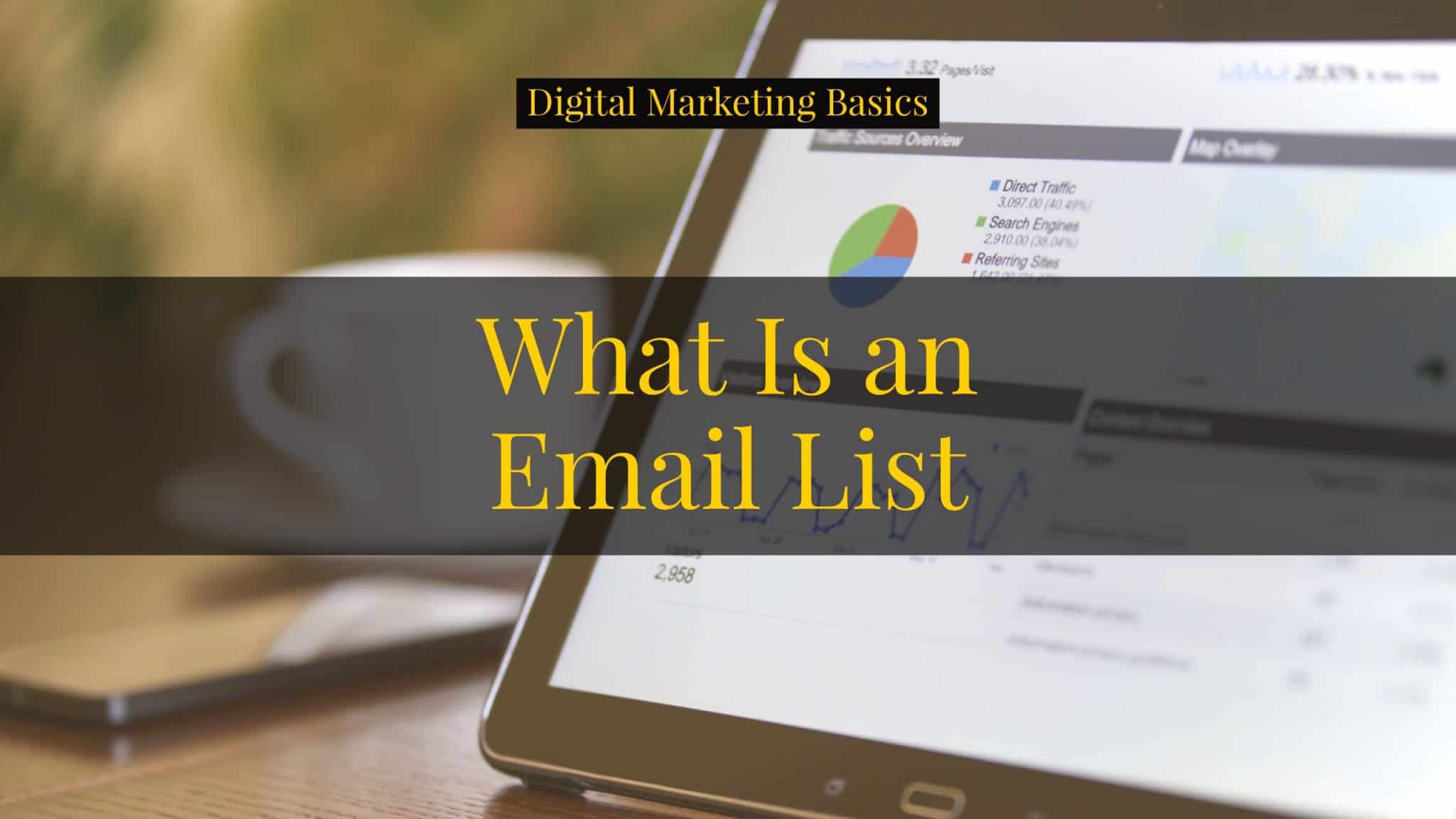Email is the most effective marketing channel and most preferred medium of business communication. This is why it’s imperative that your organization is collecting email addresses if you want to grow and succeed.
Let’s face it—compared to social media sites like Facebook, Instagram, or YouTube, email seems old, antiquated, and irrelevant.
But, when you step back from the glitter of social media and focus on what’s best for your organization in the long-run, you’d realize that email is better. Why?
Because email marketing has higher ROI, more people are using it, and even expected when dealing with businesses. Take a look at these statistics on email marketing to find out why it’s still better than social media.
But that’s if you’re talking about a zero-sum game. Honestly, if you’re looking at growing your business, you have to use them together to get better results. Here are five strategies for how you can grow your email list.
Top 5 Strategies to Grow Your Email List
1. Actively Build Your List
Email marketing databases naturally degrade by about 22.5% every year. This means that about every 4 years, your current email list will have become useless.
If you don’t have a strategy to make up for these lost contacts, the performance of your email marketing campaigns will naturally decline.
Some marketers compensate for this natural decay by buying lists (or similar activities like getting the list from a colleague, or a sister company, etc).
This is one of the biggest mistakes you’ll ever do as a marketer. Not only will this hurt your analytics, it will eventually create animosity for your brand.
With the General Data Protection Regulation (GDPR) taking effect last May 2018, the Facebook-Cambridge Analytica controversy, and many more — acquiring data from 3rd parties are quickly becoming less viable options.
2. Categorize Your Email
56% of email users unsubscribe from a business or nonprofit email subscription because the content is no longer relevant to them.
These people joined your list willingly at some point because they found value in the emails they receive. But because you keep sending irrelevant messages, they unsubscribe.
This happens when there is a mismatch of expectations.
A person who subscribed to your blog is expecting emails about content from your blog, but is not expecting emails about your upcoming promos.
Someone who recently bought an item from your eCommerce store may expect some emails about warranties, product-related content (like tutorials, how-to’s, FAQs), or even some feedback survey.
But surely, they won’t appreciate receiving more promotional offers, or worse, getting a discount offer for the same product they just purchased at a full price.
3. Segment Your List
Think of your email list as a big database. Not everyone got in it for the same reasons, nor do they have the same problems. Some are leads while some are customers. There are some who will never buy from you.
All these are examples of segments within your email list. It’s a way of grouping people together based on similarities and/or differences.
If you’re like most organizations, your email marketing activities only revolve around sending a newsletter to everyone in your list.
And if you’re sending that email to everyone in your list, you might as well call what you’re doing spamming.
As an added note, the GDPR clearly forbids this type of behavior. If they signed up for product updates, then you send them a promotional sale, that already violates the use of their data.
4. Use a Real Person When Sending an Email
[email protected]
[email protected]
[email protected]
All these examples are email addresses marketers typically use when sending newsletters. However, studies show that adding a face behind your organization can improve open and click-through rates.
When you receive an email from a person, you’re more inclined to open it, read it, and take action.
Compare that when receiving an email from an organization— an entity you know nothing about; where you haven’t built any relationships.
There are pros and cons to this approach. But the benefits outweigh the costs every single time.
5. Work with Other Departments
Email marketing works best when all departments that “talk” to prospects and customers are involved.
Prospects and customers only see one entity — your organization. They don’t see separate departments such as marketing, sales, customer service, and IT.
But, most of the time, email marketing is solely handled by the marketing department.
Instead of getting the information your customers need at the right time, they have to actively look for it — which means more work for them.
This results to poor customer experience.
And when they contact your organization, they get passed around from one person to another.
This is something that you’re familiar with and probably experienced yourself. Now that you’re in the position to effect change, why not change it?
So, What Are You Going to Do Next?
Email marketing remains one of the most effective activities marketers can implement. It has the highest ROI across other channels. It also is the most preferred medium of business communications.
If you aren’t taking advantage of email, you are missing out a lot of potential growth in your business. Learn how you can increase your email traffic by creating marketing offers and sending different types of email.
If you need help with your email marketing, or have questions about how you can implement these strategies, feel free to get in touch or leave a comment below.

